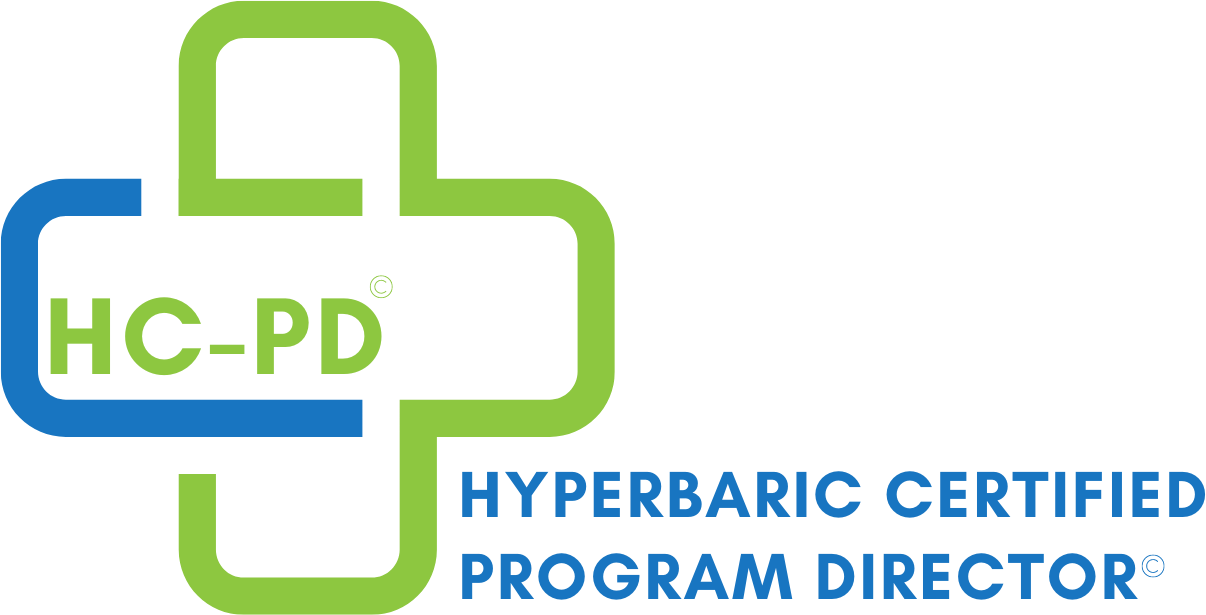Rx Pad
Part 1: Evaluation and Management of the Diabetic Foot Ulcer
Diabetes mellitus is an epidemic of global proportion with a steadily rising prealence of disease. There were an estimated 28.9 million (21 million diagnosed, 8.1 million undiagnosed) adults with diabetes mellitus in the United States in 2012. The prevalence of diabetes mellitus among adults has quadrupled from 1980 to 2014. This rate continues to rise, with 1.7 million new cases reported in 2012. Globally, it is estimated that there are 422 million adults with diabetes mellitus.
Patients with diabetes mellitus develop multiple types of end organ damage including retinopathy leading to blindness, nephropathy leading to renal failure, and vascular disease leading to stroke and heart attack. In addition, peripheral neuropathy, with or without concomitant peripheral arterial disease (PAD), leads to lower extremity ulcers and limb loss. It is believed at least 15% of diabetics will develop a lower extremity foot ulcer during their lifetimes. The annual component causes associated with ulcer formation are aproximately 20% primary peripheral arterial disease, 50% primary peripheral neuropathy, and 30% combination of both. Risk factors identified for development of a foot ulcer include a longer duration of diabetes mellitus, poorer blood glucose control (higher HbA1c), peripheral neuropathy, history of previous foot ulcer, and history of previous amputation.
The total cost associated with diabetes mellitus was estimated at USD$245 billion with a direct cost of USD$176 billion in 2012. The estimated cost of treatment of diabetic foot ulcers (DFUs) adn associated amputations was USD$11 billion in 2001. Among Medicare beneficiaries, diabetics with a foot ulcer have associated costs three times higher than those without a foot ulcer. The estimated annual cost for the care of a single patient's diabetic foot ulcer was USD$1,900 in 2008.
Diabetics who develop a foot ulcer are at higher risk of nonhealing, major amputation (above the ankle), and death. Approximately 60% if nontraumatic lower limb amputations in the United States occus in those with diabetes mellitus. There were approximately 73,000 nontraumatic lower limb amputations in adults with diabetes mellitus in 2010. There is an approximate 10% mortality rate associate with incident development of a foot ulcer, which increases to 20-47% following an incident major lower extremity amputation. There are significant numbers when comparing those rates to breast cancer and prostate cancer survival rates, which are better.
This has led to the development of multidisciplinary teams and established standard wound care practices. Even with appropriate wound care, including local debridement, off-loading, and local wound dressings, the published healing rates are only 30% at 20 weeks. Diabetics treated for a foot ulcer by a multidisciplinary team with a standard wound care regimen, in the absence of advanced treatment modalities, were still found to require amputation in 25% fo cases.
Reference: Hyperbaric Medicine Practice, 4th Edition by Harry T. Whelan, MD and Eric P. Kindwall, MD
Discover the 3-Steps to Become a Physician Certified in Hyperbaric Medicine
The 3 steps physicians need to follow, but no one ever explained to you.
This free 3-part mini-course reveals the exact path to become a physician certified in hyperbaric medicine . . .
- How to earn privileges from your hospital to practice hyperbaric medicine
- How to get certified or boarded in hyperbaric medicine, and what’s the difference
- Training required for physician supervision and billing of hyperbaric medicine
When you subscribe to the blog, we will send you an e-mail when there are new updates on the site so you wouldn't miss them.



Comments